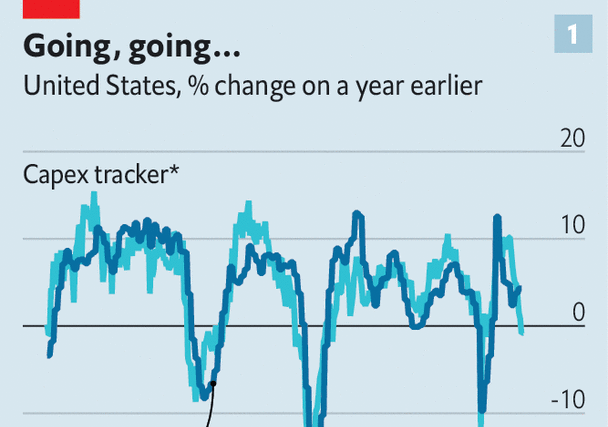By Sharmistha Bose
Today, the use of video surveillance systems has become pervasive. They find extensive use in a wide range of environments such as retail outlets, educational and corporate campuses, residential areas, healthcare organizations, financial institutions, government organizations, and public places such as airports, and train stations, among others. They also find use in monitoring roadways and rapid transit networks in smart cities. In industries, wireless video surveillance systems are becoming quickly popular as they have become an important tool for ensuring workplace and asset safety. They allow the user to view and monitor remote areas in a jiffy, mitigate risks and workplace hazards, audit operations effectively, monitor inventory levels, and enhance overall productivity at work. Wireless surveillance devices usually use a Wi-Fi network, where cameras transmit audio-visual signals to a receiver installed in devices such as phones and tablets. Sectors such as oil & gas, pharmaceuticals, food & beverages, automotive, and more widely adopt these systems.
So, what is making these wireless video surveillance systems so popular? Well, it’s because of the wide number of benefits they offer compared to their wired counterparts. Let’s explore here.
Advantages of Wireless Video Surveillance
No Wires: The most important benefit of wireless surveillance systems is that they do not need wires or cables. The most sophisticated wired security cameras can be deactivated by criminals. As this technology is wireless, such attacks are not possible. In the case of wired surveillance systems, drilling of walls and floor becomes necessary, which consumes a lot of time and money to buy the cables. As wireless video surveillance does not require a permanent wiring setup, the installation is quick, easy, unrestricted, and inexpensive.
Mobility and Flexibility: Since wireless video surveillance systems are wireless, they allow installation at any place. Moreover, there is no need to plug them into a power socket. On the other hand, wired systems can only be placed in areas that allow cable pulling.
Data Protection: Modern wireless video surveillance systems store recorded video data safely on the cloud for future evaluation and decision-making. This protects against unauthorized access. No matter how many attempts are made by criminals to get rid of the evidence, surveillance footage is always available for the user. Moreover, high-speed digital encryption techniques come embedded in these security systems that keep the video data secure and safe from criminals.
Reliability: Wireless surveillance systems can provide a level of reliability that is equivalent to or exceeds wired systems when installed properly. They also have the additional feature of link redundancy.
Resilience: The cables used in wired systems are prone to cable or interface corrosion and interruptions and are expensive to replace. Wireless video systems don’t have to face this challenge. Wireless outdoor security surveillance systems are built strategically to operate even in extreme climates. Features such as dust-resistant, water-friendly, and moisture-resistant make these systems extremely long-lasting and reliable. Wireless systems also work even during a power outage.
View Range: Wireless outdoor cameras come in various shapes and sizes for enhanced functionality and convenience. Their intriguing design allows them to move with great flexibility – from right to left and up to down, delivering a full 360 degrees view of the surrounding area.
Market Outlook and Trends
The wireless video surveillance market witness’s robust growth at present and the trend is expected to increase in the years to come. According to a recent report published by Allied Market Research, the global wireless video surveillance market is anticipated to grow at a CAGR of 11.9% from 2022 to 2031. Technological advancements, the surge in demand for faster and more efficient real-time video surveillance systems, increasing demand for smart homes and commercial buildings, and benefits offered by wireless surveillance systems over traditional surveillance systems are the prime factors that cushion the market growth. Wireless video surveillance systems are becoming increasingly popular among small and medium-scale enterprises, owing to the advanced features offered by the devices. Further, the rise in trend toward the development of smart cities is likely to offer prolific opportunities for the expansion of the market. Furthermore, the rise in the number of terrorism cases and crimes across the globe resulted in the higher adoption of wireless surveillance systems among government agencies as well as private organizations.
Covid-19 Impact on the Industry
The wireless video surveillance market was severely impacted by the outbreak of the COVID-19 pandemic. Due to the imposition of lockdown by governments across the world, the production and manufacturing facilities came to a halt owing to the unavailability of workforce. Inputs gathered from the financial reports of various companies in the wireless video surveillance market and from various industry experts who belong to various stages of the value chain, interpreted that the market witnessed a severe decline in revenues from 2019 to 2020. The pandemic also resulted in an interruption in the supply chain. Hence, major companies operating in the wireless video surveillance market temporarily experienced a slowdown. Nonetheless, the market growth started to pull up in 2021 and has been continuing to grow ever since.
About the Author
 Sharmistha Bose has always had a keen interest in reading and writing. An engineering graduate, she forayed into the field of writing due to her love for words and the urge to do something different. Allied Market Research has given her the chance to gain knowledge about different subjects as a Specialist Content Writer. She can be reached at [email protected]
Sharmistha Bose has always had a keen interest in reading and writing. An engineering graduate, she forayed into the field of writing due to her love for words and the urge to do something different. Allied Market Research has given her the chance to gain knowledge about different subjects as a Specialist Content Writer. She can be reached at [email protected]




The Most Read
Сryptocurrencies
Bitcoin and Altcoins Trading Near Make-or-Break Levels
Financial crimes
Thieves targeted crypto execs and threatened their families in wide-ranging scheme
Financial crimes
Visa Warning: Hackers Ramp Up Card Stealing Attacks At Gas Stations
News
Capitalism is having an identity crisis – but it is still the best system
Uncategorized
The 73-year-old Vietnamese refugee is responsible for bringing Sriracha to American consumers
Uncategorized
Electric Truckmaker Rivian, Backed By Amazon, Ford, Raises Whopping $1.3 Billion